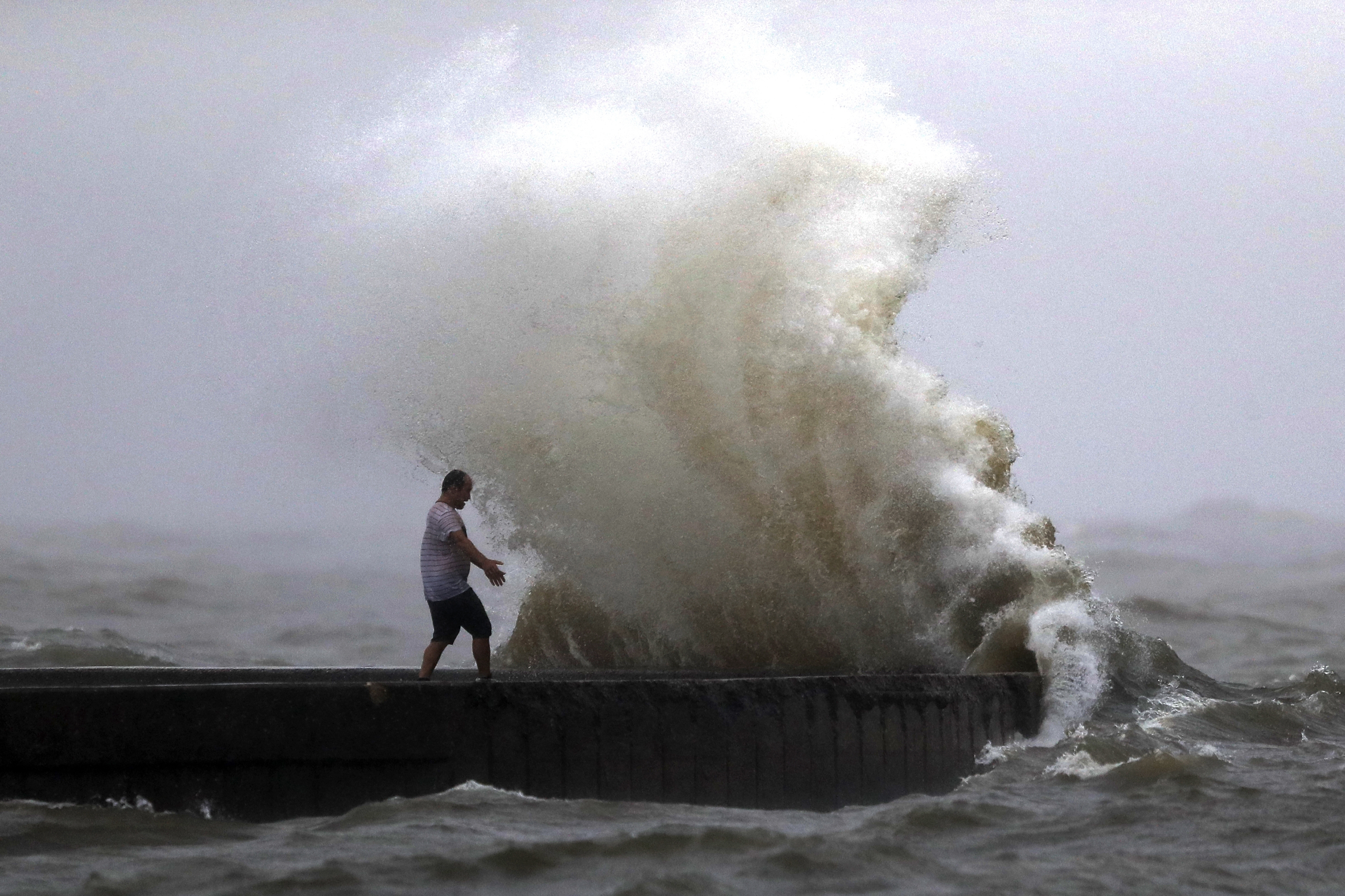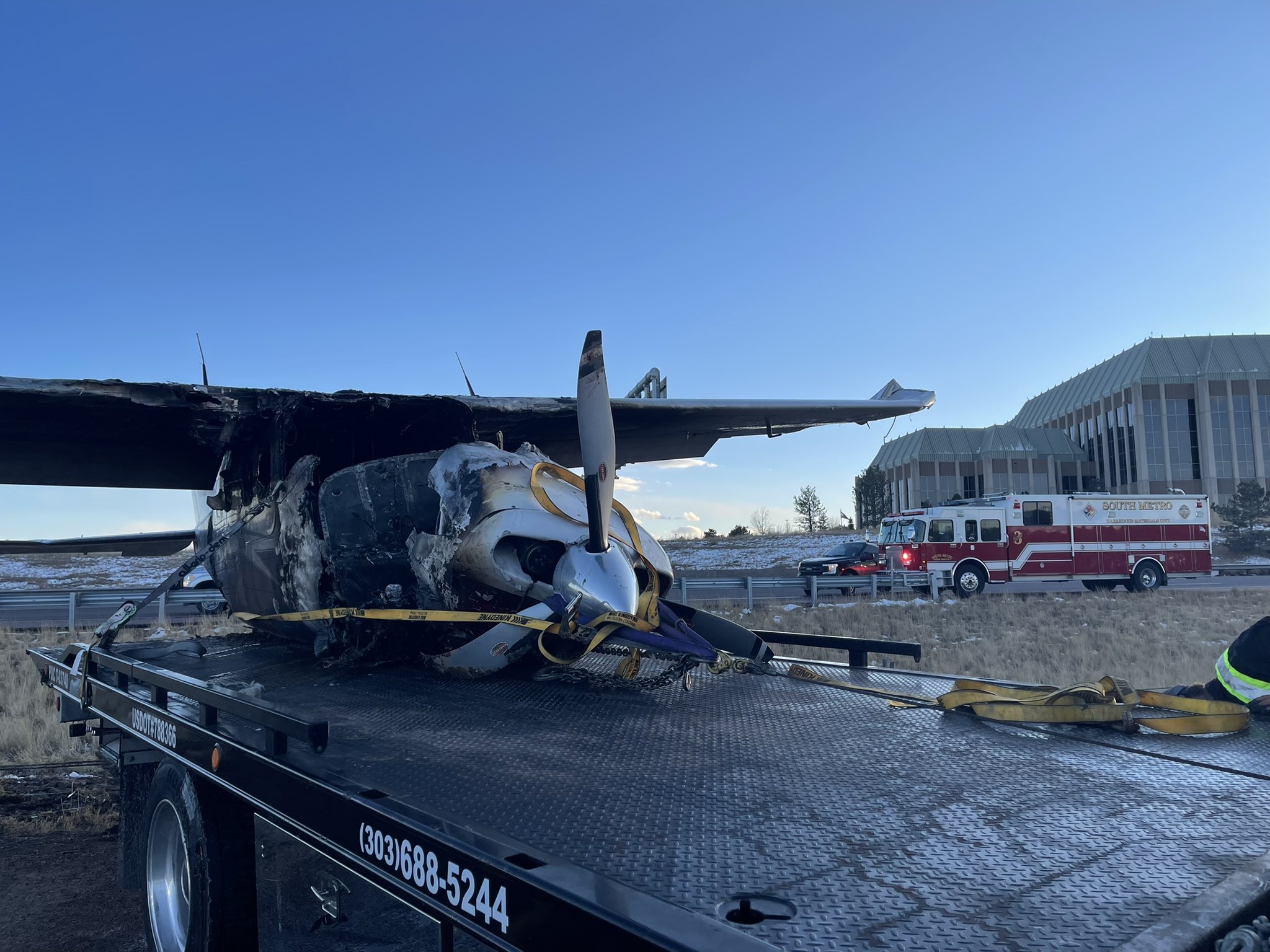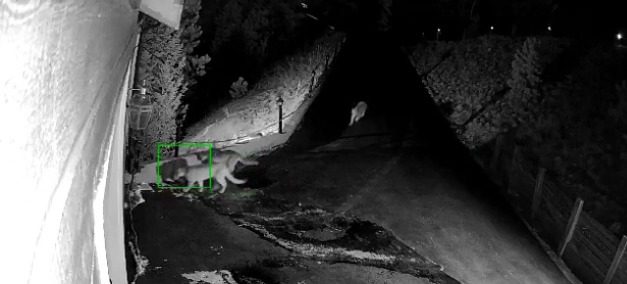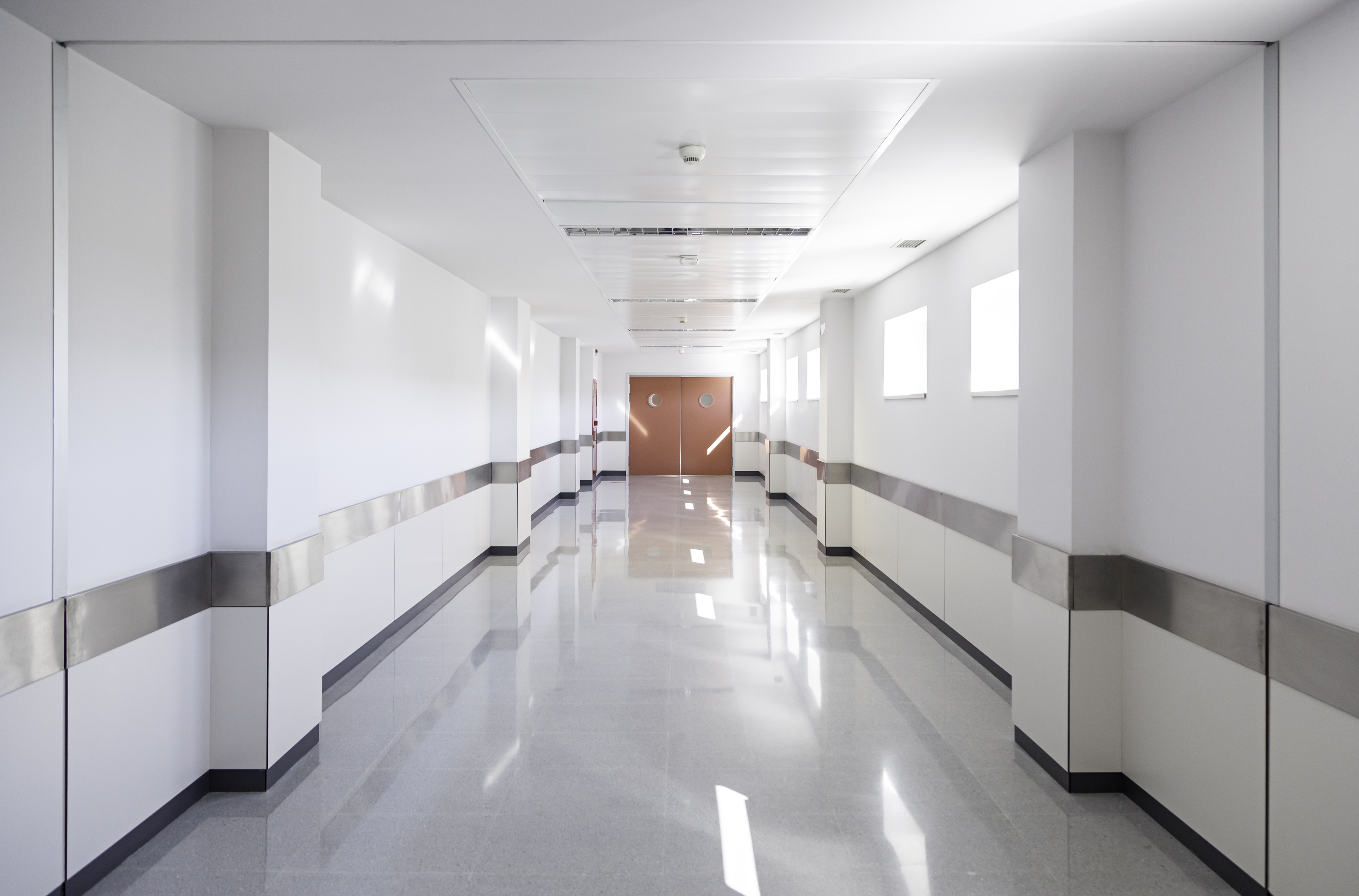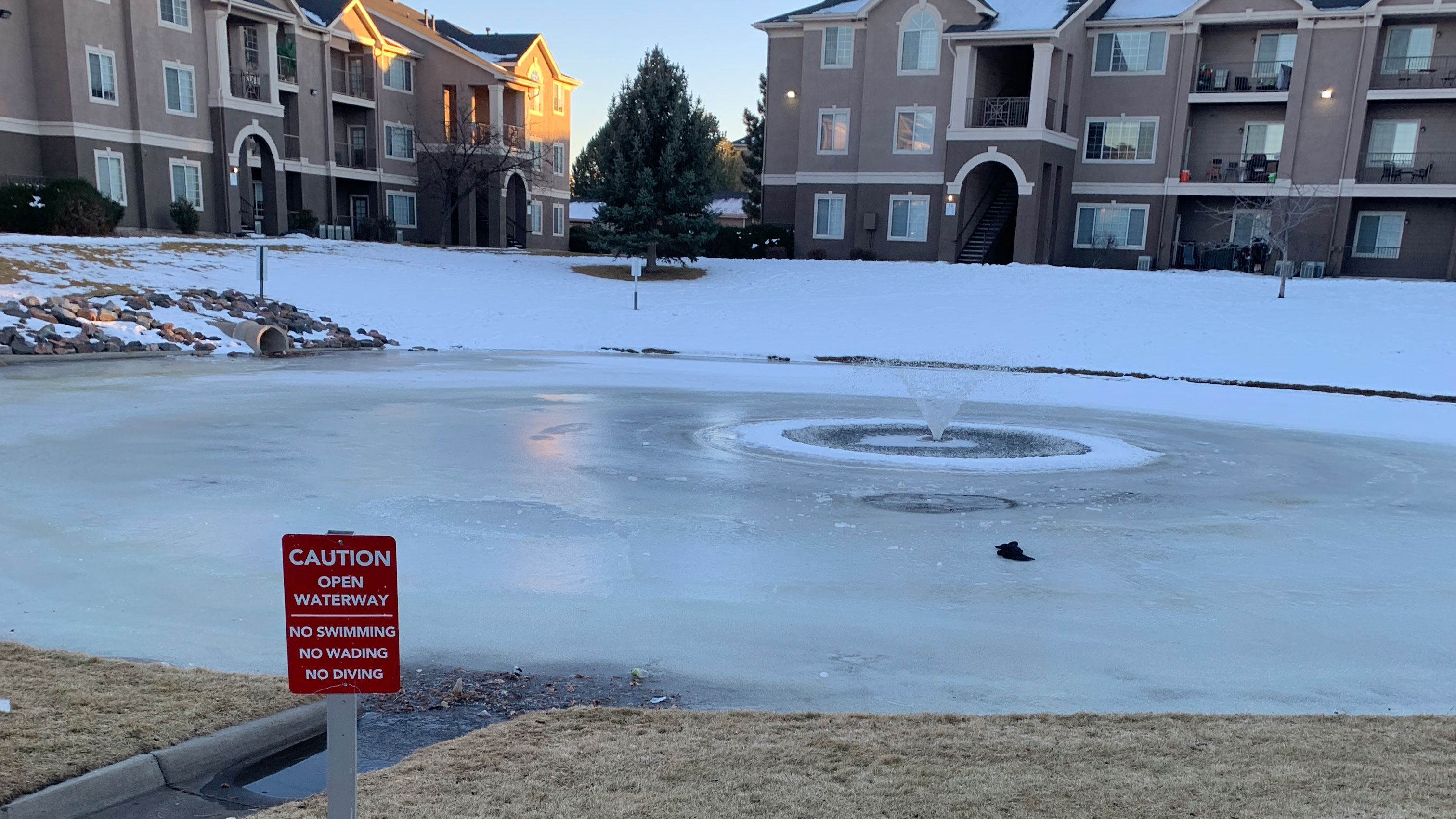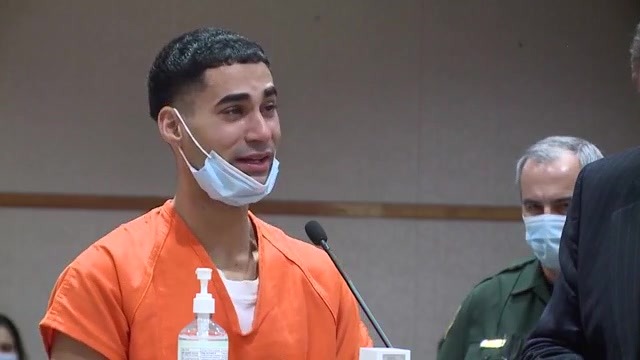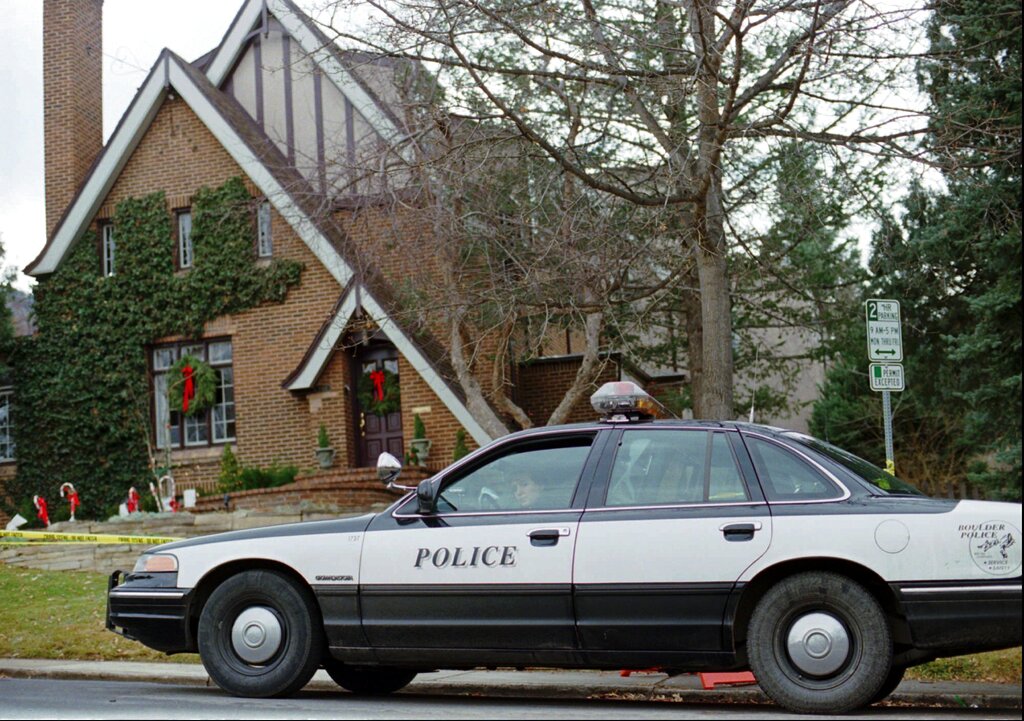VIRGINIA BEACH, Va. (WAVY) — Body cameras must now be activated immediately when a police officer marks “en route” to a call for service in Virginia Beach — a recent change in policy that aims to simplify the process of ensuring body cameras are turned on for calls.
The Virginia Beach Police Department on April 29 released a video showing its body camera training process and giving insight into the policies behind the equipment.
According to the video, 450 Virginia Beach officers on patrol will now be using the Axon Body 2 camera. It is the last phase of a four-phase rollout for body cameras in the department.
“We understand that there’s a value to the technology,” Capt. William Zelms said during an interview in the video, adding the eventual goal is to outfit the department’s entire sworn personnel force with body cameras.
VBPD was the last police department in Hampton Roads to outfit its officers with body-worn cameras. The first phase of the program was rolled out in July 2018 and only a small fraction of officers were outfitted with body-worn cameras.
The most recent policy — as reported by 10 On Your Side this year following the fatal officer-involved shooting of Donovon Lynch, 25, at the Oceanfront on March 26 — dictated that officers must activate their body cameras as soon as they arrive on scene and as soon as it’s “safe and practical to do so.”
However, according to the training video posted April 29, the new policy requires officers to turn on body cameras and start recording as soon as they mark “en route” to a call.
“It’s OK if we record the first couple of minutes of a steering wheel while they’re driving,” Zelms said. “The important part is the camera is activated and that’s one less decision point they have to engage in when they exit the vehicle.”
Brian Ferenc, master police officer with VBPD, could be seen leading the training in the video.
Ferenc said the only time the body cameras will be turned off is when officers are at the jail, at a precinct or on a personal break.
“Body-worn cameras actually benefit both the citizens and the officers,” Zelms said. “From the citizens’ perspective, it’s a window into our world of accountability, transparency, our actions, and to prove — so to speak — from their perspective what’s occurring and what we’re saying matches up.”
He continued: “From the officers’ perspective, it’s a benefit for them as well. They are so focused on the tasks they have at hand, all the things that they have to do when they go to a call for service, the people they speak to, the actions they take, they’re focused on that. So in the end, we want the citizens to understand that the officer’s taking the appropriate action.”
The only way to fully automate the process with the Axon Body 2 is to retrofit the department’s gun holsters with a “signal device,” Zelms said.
With the “Signal Sidearm” device properly installed, the body camera will immediately start recording when an officer draws their weapon from its holster.
The issue has been at the forefront recently following the shooting that killed Lynch on March 26. The officer’s body camera was not activated for unknown reasons, police said.
Police Chief Paul Neudigate explained after the shooting that the remote starter technology that activated the body camera once an officer pulled their gun out of its holster was not compatible with the current holsters. Therefore, it wasn’t yet in use.
The chief told City Council the compatible holsters were not immediately available due to high demand from the manufacturer. The manufacturer had worked with the VBPD to redesign the remote-starter technology to fit those new holsters at the department’s request. The VBPD has paid for the technology and has the redesigned remote-starters in its possession, but the current screws that would fit the technology to the weapon holsters couldn’t secure them.
In the training video, Zelms reinforced that the signal device was not initially compatible with the current holsters in use in the department. He said that the mounting hardware for the signal device was too long for the holsters.
Zelms said the manufacturer is aware the department wants to have the signal devices in place in the force by the time the July training schedule begins.
The department’s tasers also have a magazine that causes the body camera to start recording once the taser is turned on, Ferenc explained in the video.
“The Virginia Beach Police Department is committed to adopting and rolling out this technology,” Zelms said. “We are committed to accountability and transparency. Our officers support and want this technology. There is no opposition from us. We want tools that are going to help us do our jobs, and help the public see how exception our officers are in everything they do every day.”
Stay with WAVY.com for updates.
